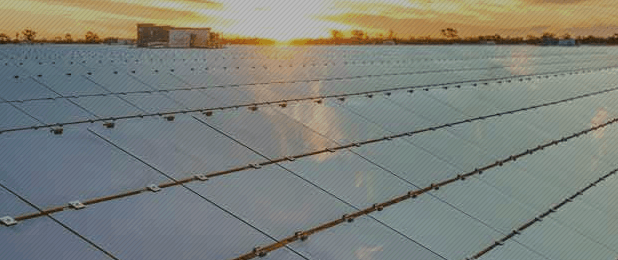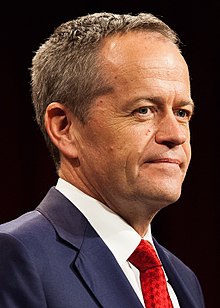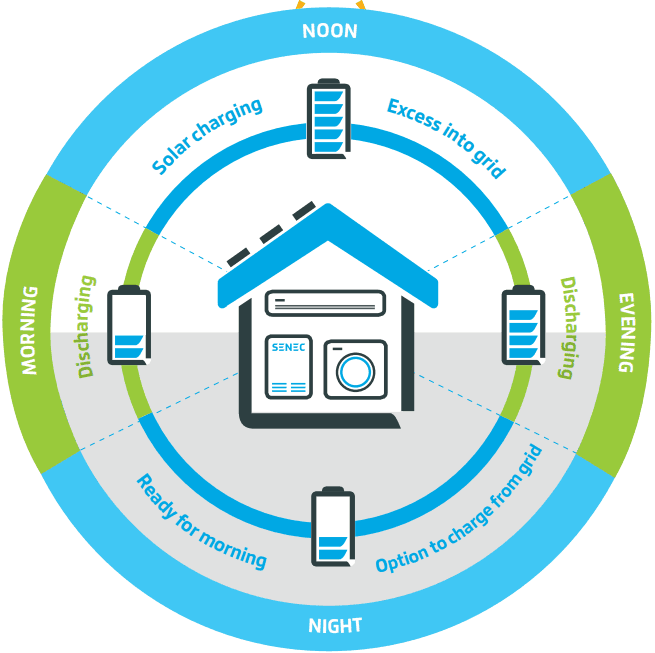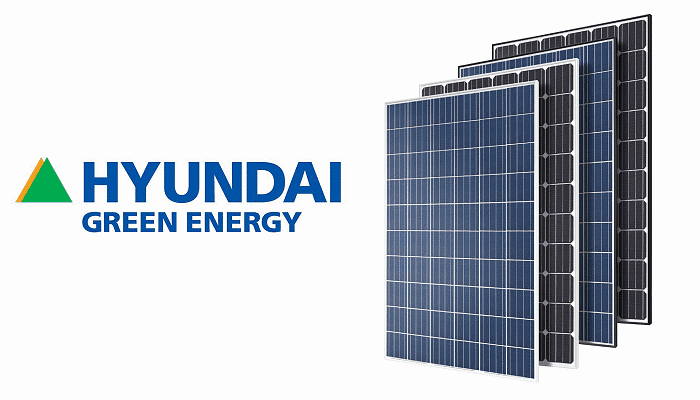We’ve written about the Beryl Solar Farm reaching a financial close back in May – now the 87MW (108MW according to the AFR) project has a new owner and is continuing construction.
Beryl Solar Farm Sold To New Energy Solar

According to PV Magazine, the farm has been purchased by New Energy Solar – who also bought the 50MW Manildra Solar Farm for $113m last month. Both farms were previously owned by First Solar and the Beryl farm will be using their 420W large-format Series 6 thin film PV modules. Beryl also comes with a 15 year PPA with Transport for NSW – who will purchase 134,000 MWh from Beryl Solar Farm each year – using the power for the Sydney Metro Northwest railway. This long PPA with a AAA rated customer (i.e. the government) makes the farm a great buy in its current shape.
The EPC project was estimated at $150m according to Reuters, but it’s now estimated at $187m. Downer Utilities started work on the project in May and hope to have it finished in mid 2019. The farm will produce enough energy to power 25,000 households and doesn’t require any water for its electricity generation.
New Energy Solar said the cost of the farm won’t be announced but it was pegged to a target for five-year annual average gross yield of 8.2%, in comparison with yield on its existing portfolio of about 6.8% p.a, so by those metrics it looks like a canny purchase.
New Energy Solar’s CEO, John Martin, discussed how the extra-long 15 year PPA helped get the sale of this project over the line:
“Beryl, New’s second investment in Australia, will further enhance the scale and contracted cashflows of our Australian portfolio,” said Martin. “Following the Manildra acquisition last month, we are delighted to be consolidating our relationship with First Solar through this second sizeable transaction in the Australian market.”
Martin continued to say that ~69% of the energy provided by the Beryl project will go to Transport for NSW – with the rest slated to package up with a 20MWh battery and sold to a corporate customer as commercial solar.
To learn more about the project from the First Solar website please click here.
If you’re interested in solar employment and working at the Beryl Solar Farm, please click here to visit the Downer Group’s careers website.




